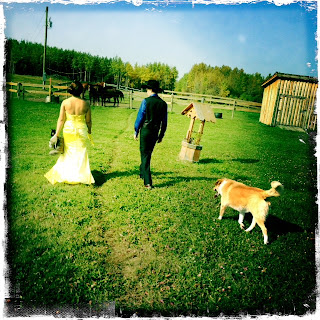Mural Capital of British Columbia on Vancouver Island Hosts
Strategies and templates for small town success!
Presentations in conjunction with the 8th Global Mural Conference
CHEMAINUS, BC - - This year, Chemainus will welcome the world to its doorstep as it hosts the 8th Global Mural Conference (GMC), a conference to highlight arts and culture economic generators
For four days in September the conference will welcome economic development executives, tourism boards, municipal CEOs and decision makers, international and local muralists, artists and painters to explore methods to create a competitive edge in economic development and tourism utilizing the arts and culture.
“This conference is not like all those other economic development conferences you may have heard about or attended,” said Lou Roelofsen, Co-Chair of the 8th GMC. “We have a totally unique approach to economic development, which has been successful, and is continuing to be implemented in our region and in Chemainus, BC.”
The conference, running September 10-13, 2012, will draw upon international, as well as regional expertise from local Vancouver Island communities, including municipal government officials, North Cowichan Mayor, Jon Lefebure, and CAO Dave Devana, Randal Huber of the highly successful Chemainus Theatre Festival, Dr. Karl Schutz who spearheaded the Chemainus mural program, international artist Dan Sawatzky, and keynote speaker Bill Baker, author and international tourism branding expert.
Baker said cities of all sizes, into the next decade, will have to work harder at marketing themselves and developing a competitive identity, than has ever been done in the past.
“Chemainus is an excellent example for delegates to experience how public art can be used as an economic development strategy,” said Baker.
Some of the points that Baker will cover during his keynote address at the three day conference include: why tourism has an important economic development role during today's tough economy; how tourism and public art can benefit investment; new business relocation, and recruitment of new residents; how small cities can increase their competitiveness; and, how to get "more bang" from marketing.
Chemainus showed the world its true spirit and determination, achieving fame through the hands of artists, after the community’s sawmill, North America’s largest at the time, closed its doors in 1982. The town now boasts a booming arts scene which converges with its history and local attractions, and proudly showcases local and international talents.
“Against commentary that suggested we couldn’t do it, Chemainus has shown it is the Little Town That Could. ...and Did,” said Tom Andrews, Chemainus Festival of Murals Society President.
“Consequently, we are in a good position to share what we have learned, and continue to learn here – and to reach out to embrace similar visions.”
For Further Information -
Name: Tom Andrews
Contact number: 250 2102402
Email: tom@islandhomesales.com
or info@muraltown.com
A Congress on Economic Development Through the Arts, Culture & Tourism
8th Global Mural Conference
http://www.muraltown.com/globalconference.html
http://www.muraltown.com/schedule.html






























